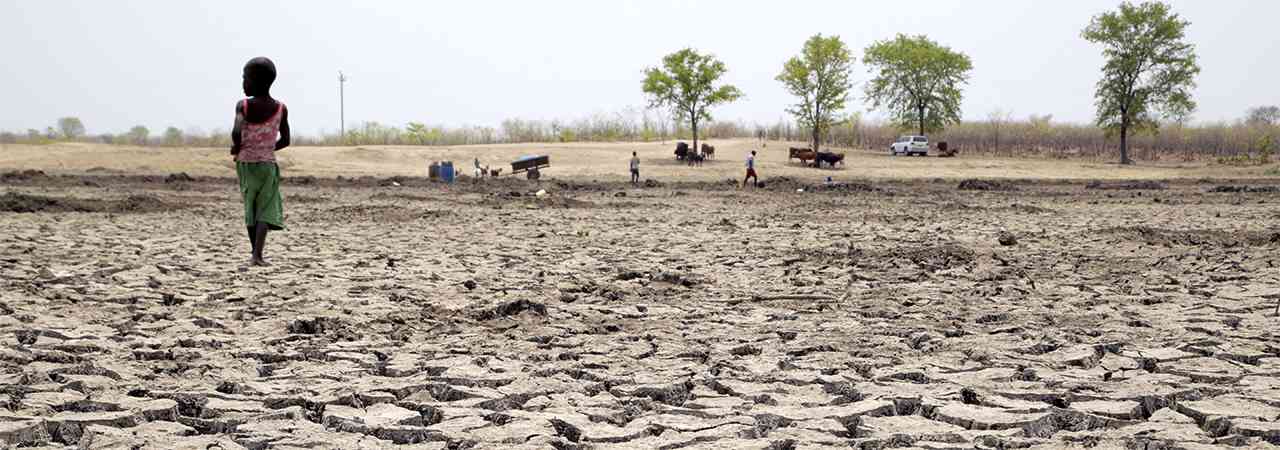
SINCE its formation as a political party in 1999, the MDC has been encountering challenges that result in acrimonious splits on a fairly regular basis.
This constant metamorphosis of the MDC appears to be an externalisation of the turmoil brewing inside the marriage of convenience that was arranged between PF Zapu and Zanu PF in 1987.
Before the transformation of some civic and labour groups into the MDC in 1999, Zanu PF was the sole player in the political arena, of course with Zapu elements piggybacking along. Zimbabwe became a de facto one-party State with the broader spectrum of the citizenry either actively or passively offering support or sympathy.
Obviously a few die-hard PF Zapu elements will dispute that they ever bought into the Unity Accord. Others may scream that they only became associated with Zanu PF as a result of the political deal thrashed out by the erstwhile antagonists.
This assertion that most Zimbabweans enjoyed some degree of political cosiness in Zanu PF does not ignore the fact that at the time of the Unity Accord there were a number of insignificant opposition political parties such as UANC, Zanu Ndonga, Zimbabwe Unity Movement and others.
The general consensus is that most of the parties were a waste of political space and time due to their irrelevance and obscurity.
With Zanu PF enjoying life as the only viable political party in Zimbabwe, it is possible that a new generation of politicians started to emerge within the ranks. These new politicians could not come out in the open as the established hierarchy treated anyone who expressed any desire to challenge them as traitors and enemies of the revolution.
As more and more open-minded politicians emerged from within the ranks, it became apparent that an implosion was inevitable. True to forecast, some elements within the Zanu PF-affiliated Zimbabwe Congress of Trade Unions (ZCTU) started agitating for change.
- Chamisa under fire over US$120K donation
- Mavhunga puts DeMbare into Chibuku quarterfinals
- Pension funds bet on Cabora Bassa oilfields
- Councils defy govt fire tender directive
Keep Reading
ZCTU was a brainchild of Zanu PF. It was established in 1981 to oversee and reduce industrial disputes and also to offer the Zanu PF government a controlling stake in a socialist-oriented labour regime. After a number of years of a flirtation with Zanu PF, the ZCTU leadership broke ranks with the party and colluded with some civic organisations to form the MDC.
The MDC basically came to being as a knee-jerk reaction to the lack of opportunities for the Young Turks. The political scene was beaming with budding politicians who wanted to break into leadership roles.
The ambitious ones could not stand the waiting game where leadership roles were exclusive domains for those deemed to have actively participated in the liberation struggle. As it is, people who were pregnant with Zanu PF dogma had their pockets lined with Zanu PF moneys and had Zanu PF membership cards in place of business cards, formed the MDC.
The formation of the MDC was indubitably precipitated by irreconcilable differences within Zanu PF functionaries. Those who felt that their political career paths were being blocked by the we-fought-for-this-country generation needed to break away for their self-actualisation.
The MDC was created as an undisputed off-shoot of Zanu PF, from Zanu PF, by Zanu PF against Zanu PF. The biological analogy to such a split is a reductive cell division in meiosis and it results in one cell splitting into two cells with significant differences.
By deduction, MDC and Zanu PF carry the same DNA and what you see in MDC is what you get in Zanu PF. The most notable similarity in the parties’ DNA structures is their propensity to violence towards those who call for internal leadership renewal.
The two political parties are spiritually conjoined in their fervent use of violence against internal discontentment. The violent behaviour against those who voice dissent within the two parties renders them spitting images of each other.
The two political parties are mirror images of each other in the area of intolerance to suggestions for leadership overhaul.
This shared similarity of intolerance is concurrently playing havoc within the two parties with overt and covert moves to usurp the authority of the old guard. That which is afflicting the MDC-T at the present moment is also upsetting Zanu PF’s momentum.
The MDC-T appears to be bearing the worst of the brunt as it is the poorer sibling in this dysfunctional familial affair.
With the MDC-T struggling financially, the infighting cannot be glossed over by monetary inducements. Zanu PF on the other hand has money and it goes without saying that the many calls for leadership reconfiguration are being bought into silence.
Cash availability gives Zanu PF a false sense of security and stability. The ruling party enjoys an unlimited access to State coffers that help cushion the impact of internal disquiet.
Should Zanu PF run out of cash, the fractiousness bedevilling the MDC-T will be a daily feature in Zanu PF. In case Zanu PF’s financiers start writing bad cheques and the country fails to finance the party due to bankruptcy, those who peddle the agenda for leadership overhaul in Zanu PF will have the shackles and gags removed.
It might not be long before acronyms such as Zanu PF (Gushungo), Zanu PF (Museyamwa), Zanu PF (Ngwena) or Zanu PF (Moyondizvo) find their way in the register for political parties in Zimbabwe.
The stack warning is that Zanu PF and the MDC-T are both inflicted by the same curse due to the DNA they share. It will not be long before fowls come home to roost. The mirror does not lie.
Masola waDabudabu is a social commentator










